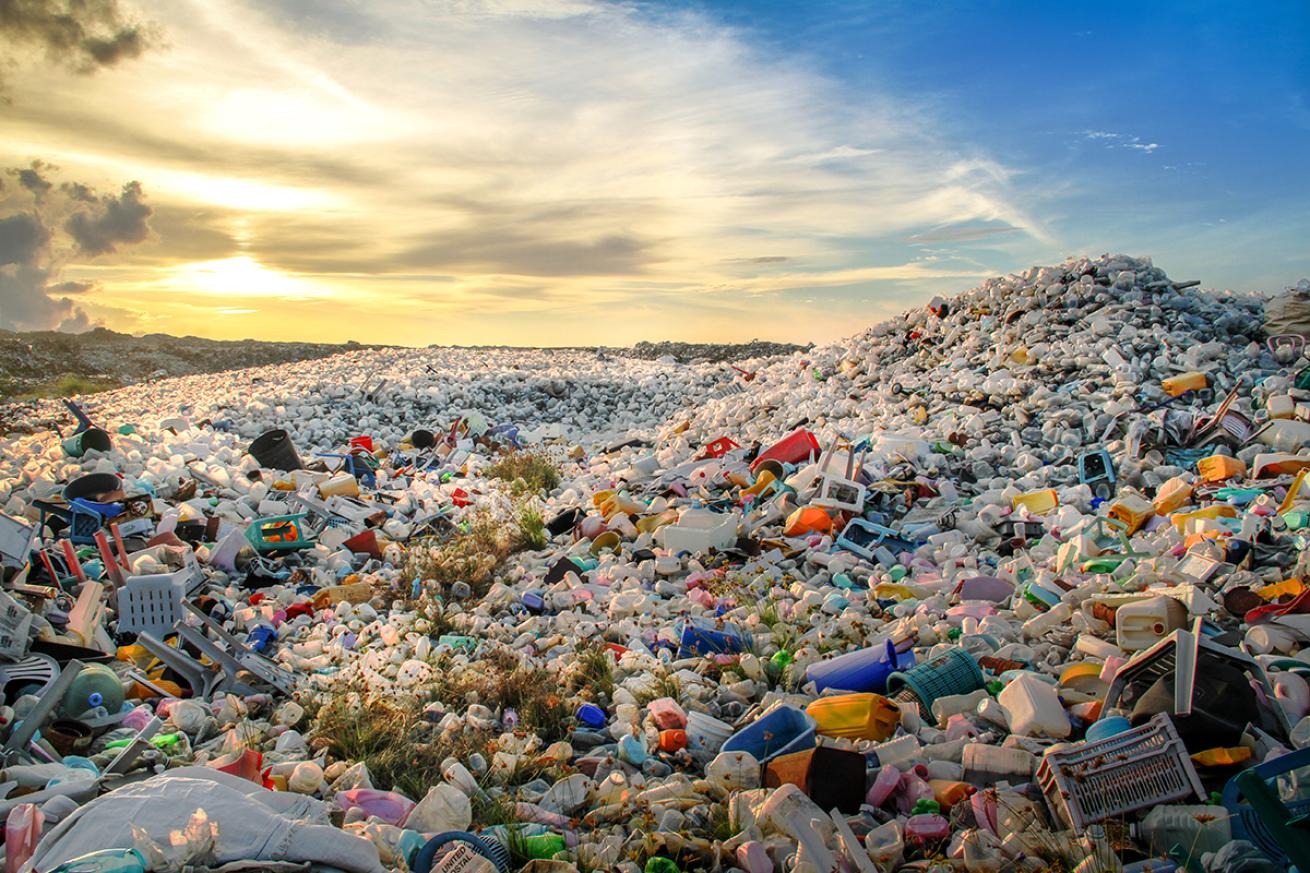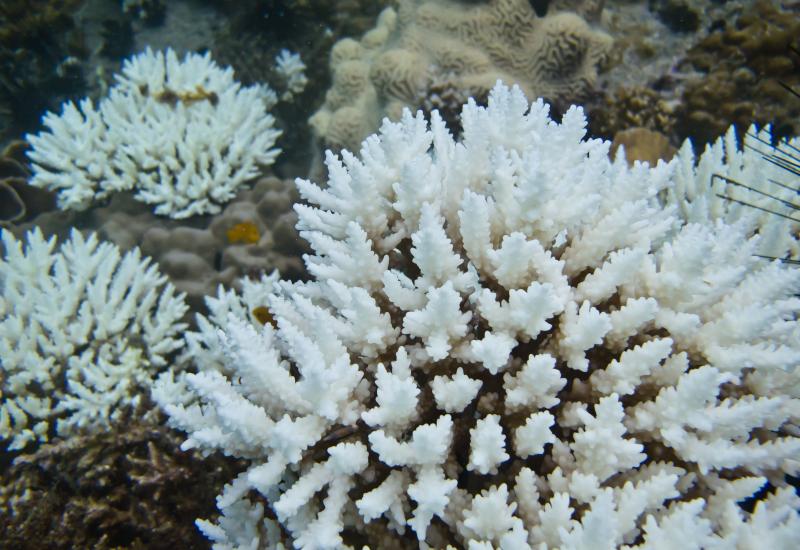US Largest Generator of Plastic Waste Globally, Study Finds

Shutterstock.com/MOHAMED ABDULRAHEEMThe findings complicate the narrative that solving the issue of plastic waste in the ocean relies on changing how the materials are handled in Southeast Asia.
Americans are the leading global driver of plastic waste, according to a study recently published in Science Advances.
The United States generated 42 million metric tons of plastic refuse in 2016, the last year for which data was available. This is more than any other country in the world, and much of it likely ended up in the environment.
“We do have a very robust waste management infrastructure in our country,” said Dr. Kara Law, a marine debris researcher at the Sea Education Association and the study’s lead author. But littering, dumping, and exporting plastics for recycling to Asian countries have resulted in millions of metric tons of mismanaged plastic waste.
“The fact that we had been exporting so much plastic waste for so long meant that we effectively shipped our responsibility overseas without properly ensuring that the waste was being handled in an environmentally responsible manner,” she said.
These estimates are upwards of a fivefold increase over the landmark 2015 study from the same research team, widely used as a benchmark for plastic pollution worldwide. Analyzing World Bank data from 192 coastal countries, the team then named China, Indonesia, the Philippines, Vietnam, and Thailand as the top five contributors to marine debris globally. This data has shaped international conversations about tackling marine debris for the last five years.
But waste entering the environment in Asia may not have been generated there.
Until 2018, when China banned the import of most plastic scrap and other materials, the country purchased up to 70 percent of the world’s plastic waste—about 7 million tons—annually to recycle into new products. About 700,000 tons came from the U.S. The staggering amount of waste began to overwhelm Chinese processing facilities, prompting the country to ban such imports.
“We are massive consumers and that has consequences, and we have to get out of this silliness that all we have to do is stop Asians from dumping in the ocean and we’d be all set,” co-author Ted Siegler, an economist and partner at DSM Environmental Services, told National Geographic.
About nine percent of Americans’ plastic waste gets recycled, but there is no guarantee that fraction will become a new product. Combination or thin plastics, such as wrapping film, are too challenging or expensive to recycle.
“Solutions must start with source reduction at home,” study author Nicholas Mallos of the Ocean Conservancy in a social media post.
The United States’ federal plan for tackling marine debris globally, released in late October before the new study, largely frames the issue as one of mismanaged waste in Asia, proposing solutions that reduce leakage of plastic wastes into the environment. It does not touch on reduction of plastic usage, which is expected to grow globally.
“The annual flow of plastic into the ocean will nearly triple by 2040 to 29 million metric tons per year,” projects the PEW Research Center’s 2019 plastics report. COVID-19 responses around the world have since accelerated similar projections.
The United States has “four percent of the world's population; we generate 17 percent of the world's plastic waste,” said Law. “Reduction has to be part of this solution.”
Related:
- River Pollution Makes the Ocean's Plastic Problem Worse. Here’s How to Stop It.
- Sunscreen, Straws and Subtlety: The Dangers of Oversimplifying a Complex Environmental Problem
- Boyan Slat Joins Scuba Diving's Sea Heroes










